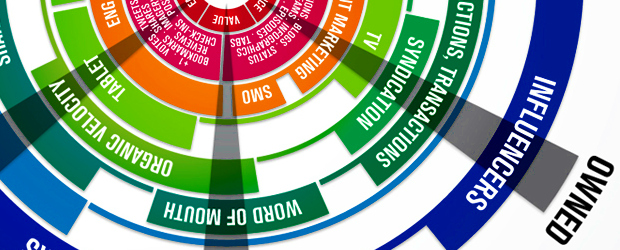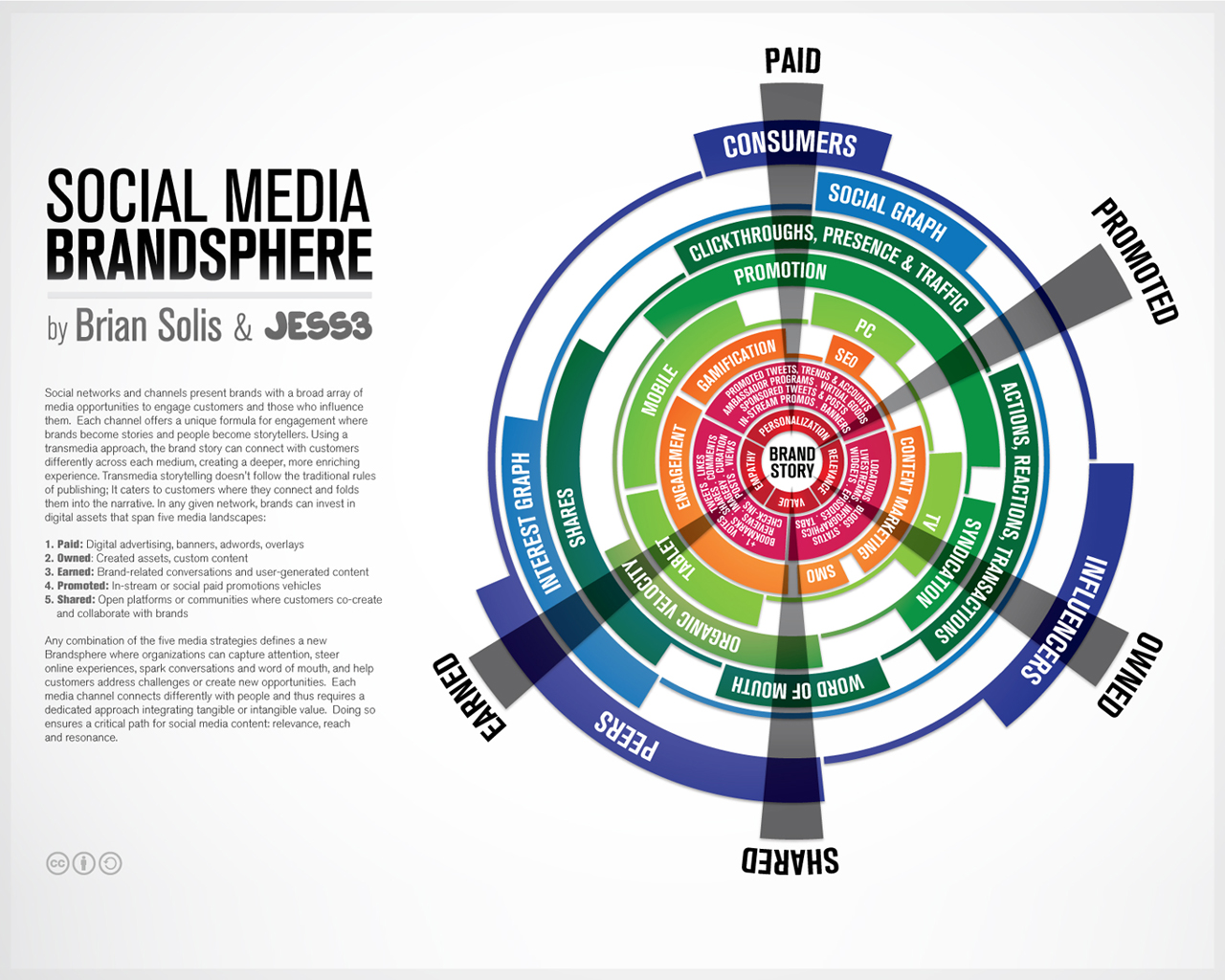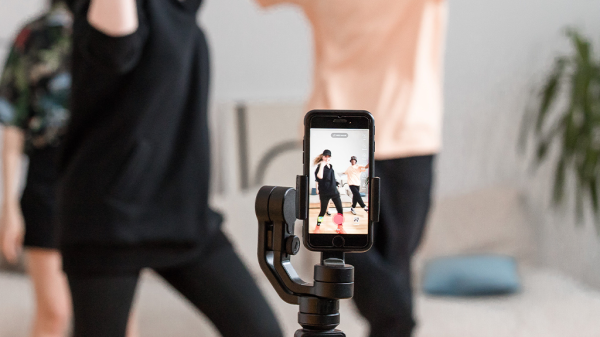
Brandsphere undoes the P.O.E.M. concept
Digital analyst Brian Solis has partnered with JESS3 to release a detailed infographic regarding media opportunities available to businesses using today’s technologies. Solis and JESS3 are well known for visually capturing the current state of affairs of social networking from their 2007 octopus-like infographic to the 2011 complex global infographic.
Solis said, “In discussions about new media, you will often hear the division of media opportunities as Paid, Owned, and Earned media (P.O.E.M.). Over the years, I’ve studied the various categorization of media from a few perspectives, that of content creation, how social networks cater to consumption and sharing, and also how media opportunities are packaged and sold by each network. I believe media is not limited to three groups, but instead categorized into five key segments, Paid, Promoted, Owned, Shared, and Owned. To visualize the model that reflects the state of new media, I once again partnered with my good friends at JESS3. The result… The Brandsphere.”
Click to enlarge.
Solis describes the layers as the following:
- Center (White): At the center of the Brandsphere is the brand story. Everything starts with not just defining what the brand represents, but how it comes alive in social networks. This requires definition through a social media style guide and the development of a complete persona, voice, and promise.
- Ring 1 (Red): The brand story is supported by tenets the serve as the connective tissue between the brand story and the technology that creates a path to consumers.
- Ring 2: The vertical gray lines (triangles) divide the media types between Paid, Promoted, Owned, Shared, and Earned. Ring 2 provides the various options available to brands within each channel.
- Ring 3 (Orange): Each media type is then enlivened through various forms of activation including Engagement, Gamification, SEO, Content Marketing, and SMO.
- Ring 4 (Light Green): Media types are then visualized through the various platforms consumers use to discover, consume, and share content aka the Four Screens: PC, TV, Tablet, Mobile.
- Ring 5 (Green): Media objects are then pushed and socialized through promotion, syndication, and organic means.
- Ring 6 (Dark Green): Objects are further distributed and also measured through 1) Clickthroughs, presence and traffic, 2) Actions, Reactions, and Transactions (A.R.T), 3) Word of Mouth, and 4) Shares.
- Ring 7 (Light Blue): Content then finds a permanent home among the groups that value information based on social graphs (personal and professional relationships) and interest graphs (networks based on commonalities and shared interests).
- Ring 8 (Dark Blue): Objects are analyzed, activated, and/or repurposed by the various markets intrigued by the branded story.
Digital media programs installed by real estate companies be they independent or franchise, rely on and are measured by resonance, reach and outcomes with the highest rate of success going to those that “garner traction [by] travel[ing] from the center outward and again from the outward in and back out again.”
When creating your 2012 digital plan or brushing up on 2011, make sure the parts of the circle that apply to your business are being used to maximize your success.
Tara Steele is the News Director at The American Genius, covering entrepreneur, real estate, technology news and everything in between. If you'd like to reach Tara with a question, comment, press release or hot news tip, simply click the link below.












































Todd
August 23, 2011 at 11:02 am
Really appreciate that you shared this. It's a great representation of channels and messages. I get a little stuck in the "media type" ring. I'm probably being too literal or campaign-centric. Love the P.O.E.M. approach. Well thought out and presented. Thanks!
Pingback: The American Genius: The Brandsphere Undoes the P.O.E.M. Concept - Brian Solis